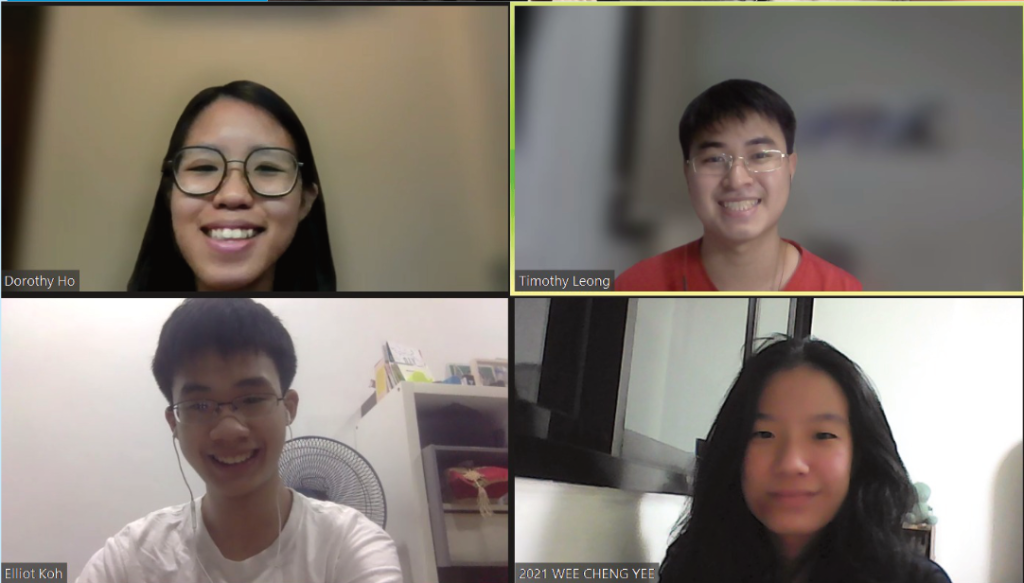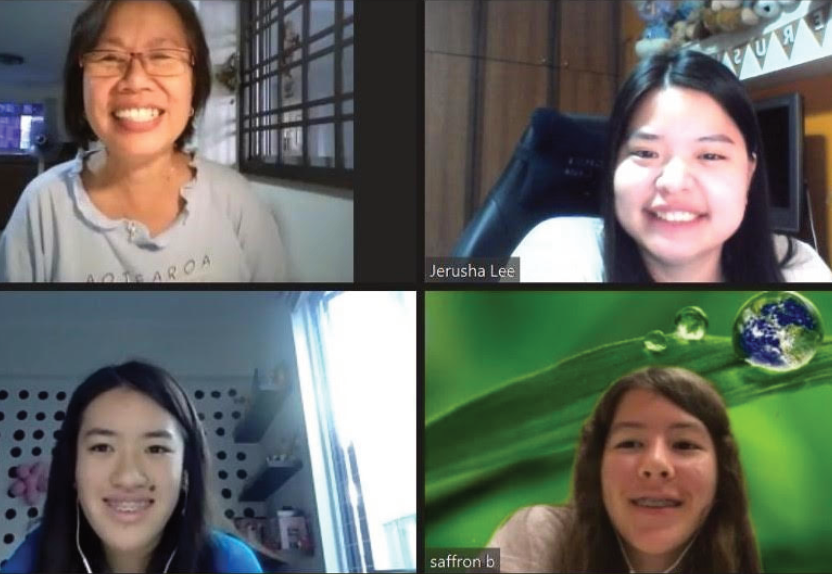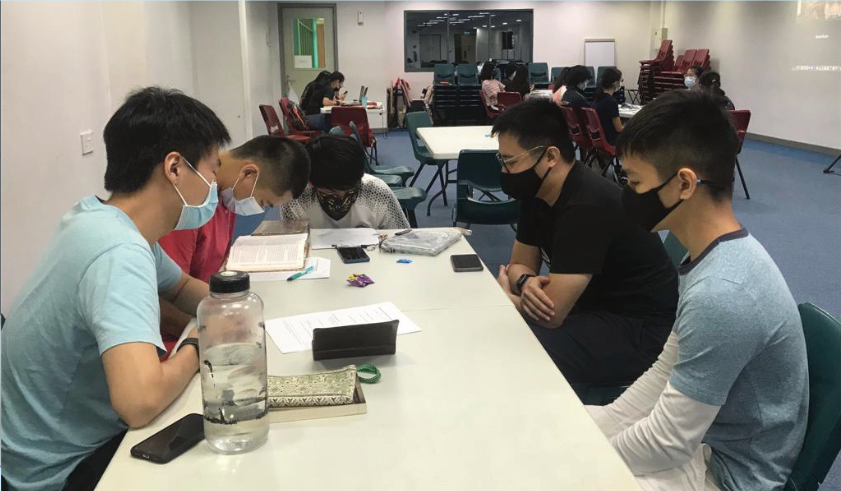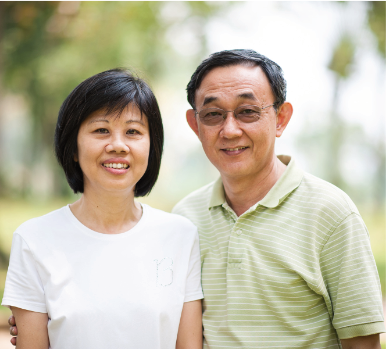From a bit of ministry online, we switched to doing almost all ministry online. We were not as ready in early 2020, but we were willing to be stretched. And the Lord graciously blessed.
Secondary School and Junior College Ministry (SJM) staff, Zhuo Hongguo and volunteer Dorothy Ho, an undergraduate, found some students more regular at online L.I.F.E. group meetings because of its convenience. Some could only meet at night or had packed schedules. Some parents did not allow physical meetings.
Ronica Chua, on staff since the 90s, shared that “the number of students attending meetings and Bible studies for some ministries tripled!” Organising and publicising some talks and events were easier.
ITE students are “open to play with strangers and find friends online,” observes ITE Ministry staff, Doreen Low, 34. She posts a story at least twice a week on their ministry’s Instagram (IG) account, creating relevant content about school, food and cooking. Since January 2022, her team made at least 100 new contacts through IG.

While looking for more contacts, the Lord led Doreen to an online singing app. Over three months, she sang and chatted with groups in virtual rooms and got to know three students, among others. She met two of them in person and shared the gospel with one through an online private chat.
“Our sports coaches had time to read up, up-skill their craft and organise online workshops to engage young people,” says Tee Ee Han, the executive leadership team member overseeing EDGE. His more tech-savvy staff explored using IG, TikTok and Twitch.
When our country started to open up in March 2022, my co-workers were ready to relate with young people both online and offline, depending on where they are.
For Ronica, going digital was a steep learning curve but today “both modes are fine!” Doreen explores the hybrid mode for meet-ups and events, knowing coordination might be harder but “students will be more comfortable where they are at and we have more options to reach them.”
For outdoorsy youth, EDGE designed an online adventure race, ‘Get Up & Get Out’. Participants go through a guided route of a place like Labrador Park, with remote support online via an app!
Meeting in person means “more connection, more engagement, more activities” for Dorothy. However, “some students may fall through the gaps as we transit” from online to hybrid. So, whether on screen or face-to-face, she wants to be intentional and authentic since “genuineness goes a long way to show we care.”
As the pandemic threatens to cut off our connection with them, we are brought back to the bedrock of our work – a genuine involvement, a personal touch in a young person’s life, demonstrating our Lord’s love.

Would young people want to come out to meet us when it is more convenient to Zoom? To persuade young people to meet face-to-face, Ronica passes them things that cannot be handled online. After Zoom meetings or messaging them through WhatsApp, she calls or arranges to meet personally. She also sends them cards by post.
At midweek, Hongguo would hear from his students personally how they are doing.
He also plays games or have meaningful conversations with them over meals.
Older students seem to prefer the digital space. When Doreen keeps up with ITE students’ Instagram or TikTok stories, she knows instantly what is going on in their lives and shares encouraging words or helpful advice with them. That is her “online touch.”
Ee Han summed up the direction ahead, “Things will not be the same with COVID-19. The old school way of physical meet-ups and the new way of tapping on digital space are complementary, not clashing. Time must be set aside to meet young people in person, while constantly keeping a presence in digital space, using technology to aid our outreach. We need to try new ways, new apps, new platforms!”






